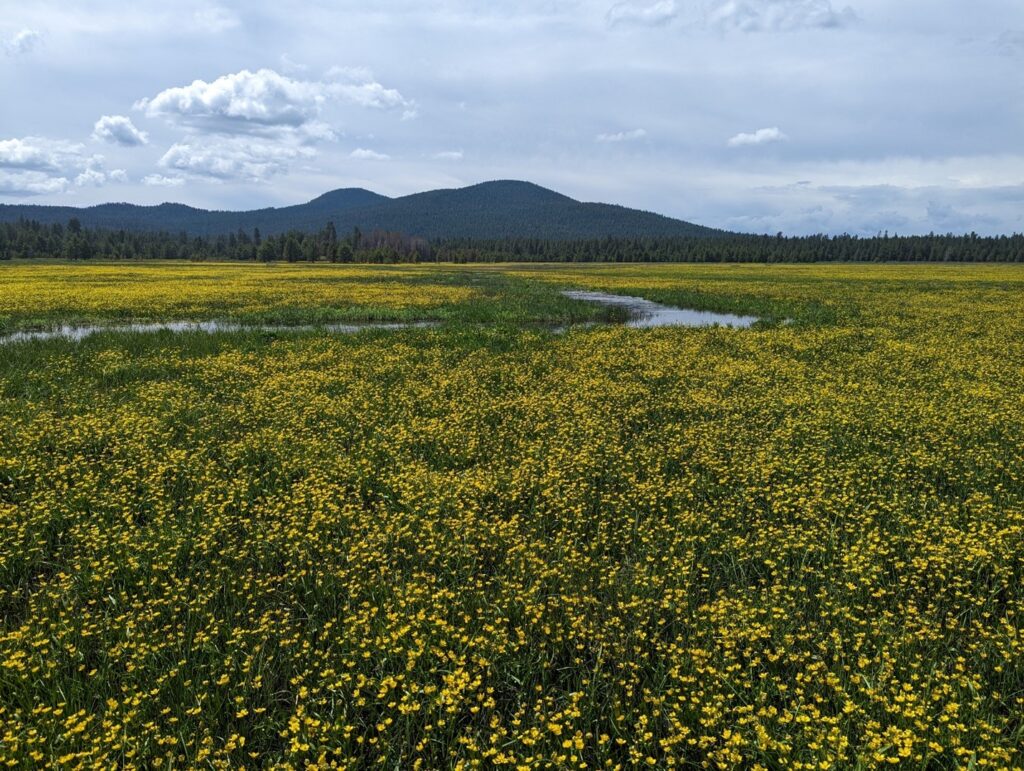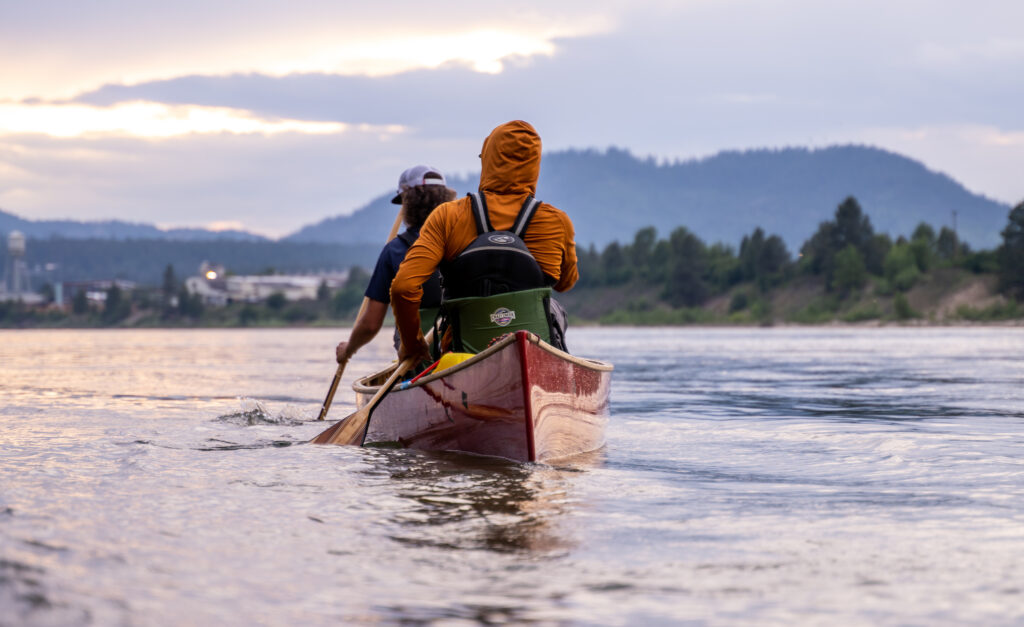Using “Outstanding Waters” to Protect Colorado’s Best Streams
This is a joint blog by Michael Fiebig, Fay Hartman and Morgan Wagoner, a partner and contractor for Outstanding Waters in Colorado.
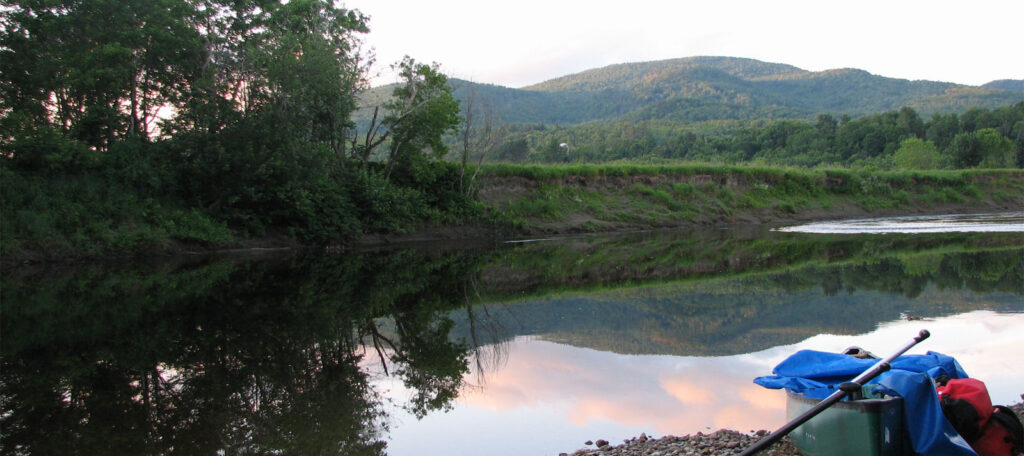
Over 10 million residents in the West get their drinking water from rivers originating on public lands, and according to the Natural Resources Conservation Service, 80 percent of all wildlife species, including migratory birds, rely on riverside lands at some stage in their lives. At the same time, nearly one-third of freshwater species face extinction worldwide, in part due to pollution. As such, streams with exceptionally high water quality, and the benefits they provide to fish, wildlife, and people, are some of the most important places we can protect across the country.
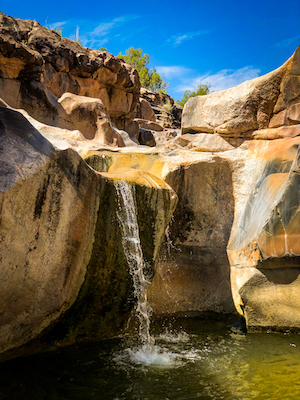
Many of Colorado’s headwaters streams contribute vital, high-quality water for people, agriculture, and wildlife downstream. This clean water is not only important to the overall health and resilience of the rivers in the region but by extension the health of the communities, ecosystems, and economies connected to it. As we move into a future of increasingly disruptive climate uncertainty, and as streams with exceptional water quality become disturbingly rare, it is more important than ever to protect such sources of water that provide resiliency for both people and the environment.
The Clean Water Act gives individual states the authority to designate Outstanding National Resource Water protections for waterways with exceptionally high water quality to ensure that their water quality is not degraded. Colorado’s state-level Water Quality Program includes a robust anti-degradation provision, the most rigorous of which is designated as “Outstanding Waters” (OW). For a river stretch to be considered “outstanding” it must meet 12 water quality standards, have outstanding natural resource values such as aquatic life habitat or recreational use, and be threatened by outside impacts requiring additional protections. OW designations also require robust community outreach and support for potential stream reaches. The Colorado Water Quality Control Commission (WQCC) reviews each river basin across the state for new designations on a triennial schedule.
The triennial review for streams within the Animas, Dolores, San Juan, San Miguel, and Gunnison River basins began in 2020. American Rivers has partnered with American Whitewater, Colorado Trout Unlimited, Conservation Colorado, Mountain Studies Institute, High Country Conservation Advocates, The Pew Charitable Trusts, San Juan Citizens Alliance, Trout Unlimited and Western Resource Advocates to examine streams in these basins that are the highest quality and deserving of increased water quality protections by the State. Over the past year and a half, groups have been collecting water quality data for potential OW stream candidates, documenting natural resource values, and meeting with local stakeholders to gather community support.
Our coalition is proposing 17 streams to the Water Quality Control Commission for new OW protections in these basins. These stream reaches provide critical aquatic habitat for native trout species, macroinvertebrates (that is, bugs), birds, and other wildlife; provide significant contributions to downstream resilience and ecosystem services like high-quality drinking and irrigation water and provide exceptional recreational opportunities like fishing, swimming, and paddling. Since 2020, volunteers and staff have been collecting water samples for analysis from all 17 streams, four times per year – even visiting somewhat frozen streams in winter.
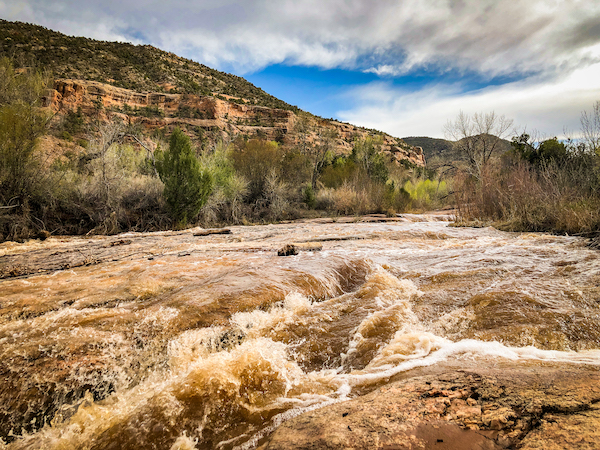
Over the last two years, American Rivers and our partners have been presenting the data supporting our list of candidate streams to the WQCC during their annual hearings. In the coming months, we will conduct additional water quality sampling and finish up our outreach to the communities surrounding these streams in preparation for the final hearing for the Gunnison-San Juan region, slated for June 2022.
For more information, or if you’d like to get involved, please contact Mike Fiebig, Southwest River Protection Program Director, or Fay Hartman, Southwest Region Conservation Director.
